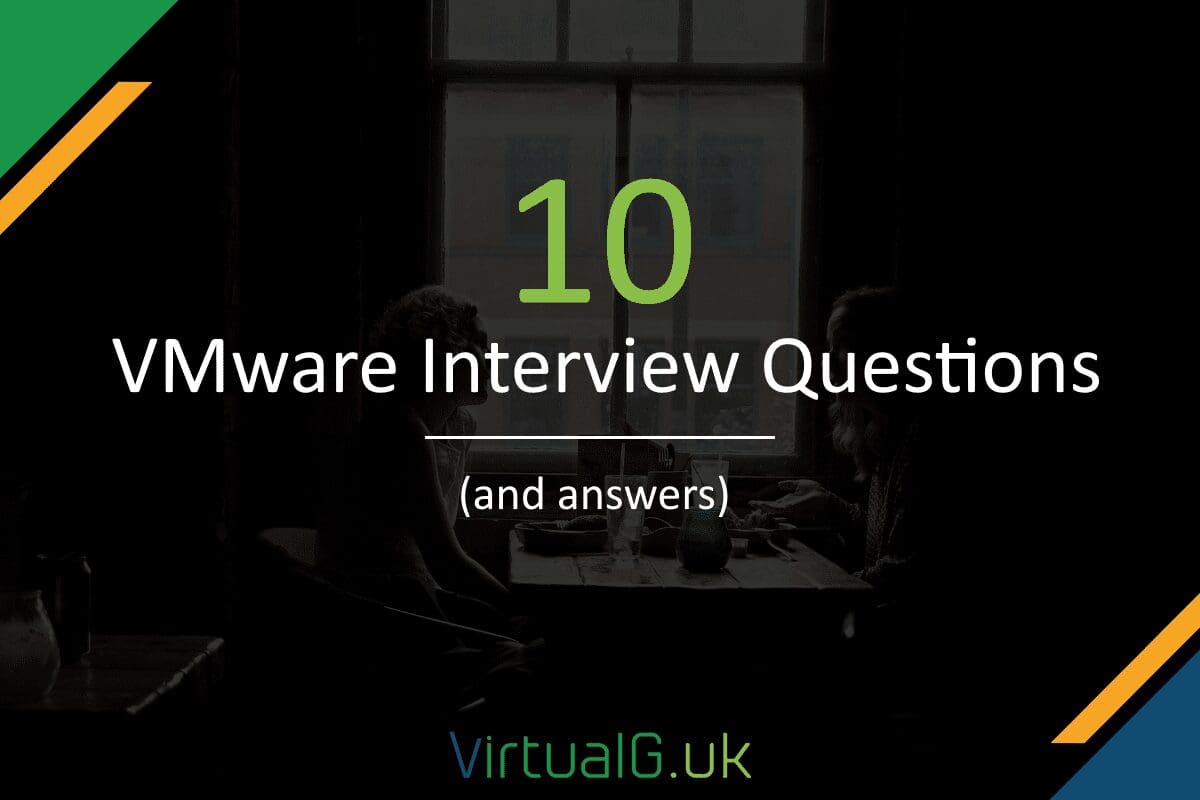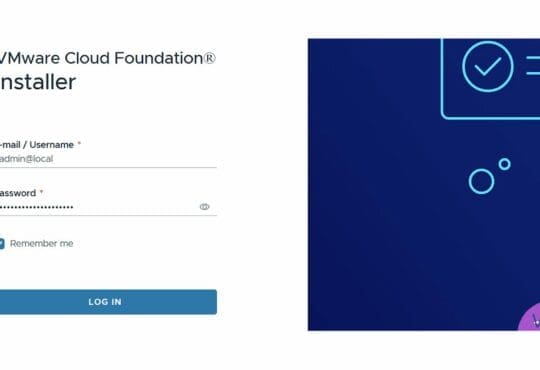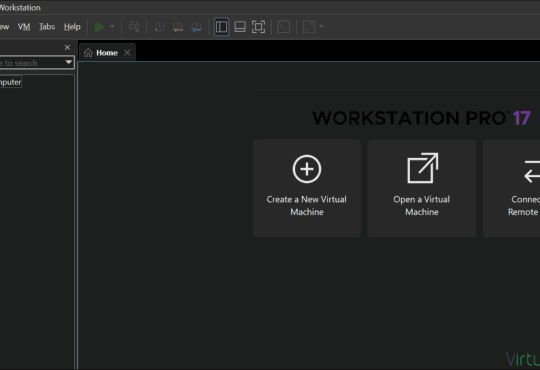For many, applying for a new job is a stressful experience. Before the interview, we can find ourselves worrying about if we know enough for the technical review stage. The truth is that the interview should be about how you tackle a question and work through it, rather than getting the answer exactly right. Even with this in mind, there are some VCP level questions which you need to be able to answer correctly.
Disclaimer: Many of the answers below are “rabbit holes” which would take hours to explain in full. This guide is simply addressing basic interview questions with basic answers.
With that said, here are my top 10 VMware interview questions:
Explain what happens to a Virtual Machine after the host which it is running on, fails.
The interviewer is looking to see if you know a few fundamentals. You can show expert-level knowledge by asking some questions about the configuration before answering the question:
- First, you should explain that the VM is forcefully powered off.
- Next, ask if the host was in a correctly configured HA cluster (If it isn’t then nothing else happens to the VM)
- If the Host is HA enabled, then ask what the Virtual Machine restart policy is. If it’s disabled then the VM will not be restarted on other hosts.
- Ignoring the HA master election process, the simple answer is that the Virtual Machine will be rebooted on another ESXi host in the cluster.
- Mention that there are things that will stop a Virtual Machine from being restarted on other hosts such as Admission Control settings & resource availability on the host.
- The key thing to remember is that HA does NOT trigger a vMotion.
When should Promiscuous Mode be enabled on a Virtual Switch
- Promiscuous Mode is a vSwitch and Portgroup setting that allows for Virtual Machines to receive all traffic within the same vSwitch or Portgoup (depending on where you set the configuration)
- Typical use cases for this are packet sniffing applications.
What is the difference between a Type 1 and Type 2 hypervisor
The interviewer is seeing if you understand the two different types of virtualization.
- Type 1 hypervisors are those which run directly on hardware, such as VMware’s ESXi hypervisors.
- Type 2 hypervisors run on software, or more specifically are typically installed as an application on top of an OS. This would include VMware Workstation and Fusion.
There is some confusion within the industry with regards to HyperV since it runs on top of Windows Server but it has options to run directly on hardware, but that’s a debate for another day.
Explain the difference between vpxd and vpxa
- vpxd is a service that runs on vCenter Server. It’s the main vCenter service, without it, vCenter server does not function.
- vpxa is a service that runs on ESXi hosts which are connected to vCenter Server. vpxa is the bridge between vpxd and hostd (which processes ESXi related tasks)
Name 3 benefits of installing VMware Tools on Virtual Machines
There are many to choose from so you could explain something basic like how they help improve mouse and video performance or go into how VMware tools can synchronise time with the ESXi host.
- Enables features such as Guest Introspection for NSX / agentless antivirus.
- Installs the VMXNET3 driver for improved network performance.
- Allows the ability to copy and paste between the VM and desktop (some other settings might need to be enabled first)
What are the limitations of Fault Tolerance in vSphere 6.7
This question is really testing two things. First, if you know what FT is and second if you keep up to date with VMware releases.
The config max tool has you covered here: https://configmax.vmware.com
- Each host supports a maximum of 8 FT enabled vCPUs.
- Only up to 4 Virtual Machines per host can be configured for FT.
- Each FT protected VM is restricted to a maximum of 8vCPUs (This is also restricted further by licensing)
- A VM with over 128GB RAM or with disks over 2TB in size cannot be protected by FT.
What techniques are available to ESXi to reclaim memory?
- Transparent Page Sharing (TPS) – Note that as of vSphere 6.0, this is disabled by default.
- Ballooning – Requests VMware tools to “inflate a memory balloon” inside the VM until excess memory is released back to ESXi.
- Memory Compression.
- Swapping – This is the last option that ESXi will use to reclaim memory because it is the most disruptive to performance as memory gets swapped out from real memory onto disk.
What is the impact of using Thick Eager Zeroed disk provisioning for VMDKs?
- This disk type will zero out all data on the disk before allocating the VMDK to the Virtual Machine.
- This has some performance benefit to the VM because it doesn’t have to zero a block before it can be written to.
- The negative side is that it takes longer to provision the VMDK to the VM (since it has to zero all blocks first) and it has a measurable, sustained IO hit on the storage system.
What are the main benefits of a Distributed Switch?
The core benefits are:
- Central Management of all ESXi host’s networking, meaning that there is only one switch to manage rather than one per host.
- The ability to enable Network IO Control (NIOC)
- NetFlow support.
Name 3 Virtual Machine Files
There are many files that are required for a VM to function, here are some:
- VMX – The Virtual Machine configuration file
- NVRAM – The VM’s BIOS file
- VMEM – The VM’s pagefile
- VMSD – VM Snapshot state file
I hope these questions help prepare you for your interview.
Good luck!





